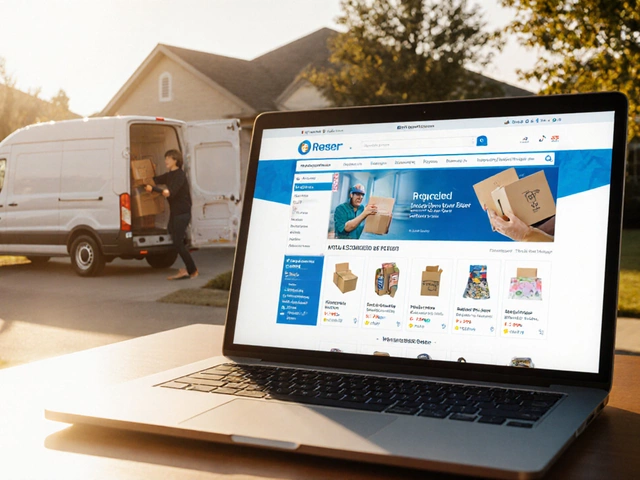Shipping a 50‑Pound Box: Simple Guide to Costs, Packing & Couriers
Got a big box that weighs around 50 lb and needs to get from point A to point B? You don’t have to guess which service to use or how to wrap it up. In the next few minutes you’ll see the prices you can expect, the best way to pack the box, and which couriers usually give the best value.
How Much Does It Cost?
Pricing depends on three things: distance, speed, and the carrier you pick. For a typical domestic shipment (under 250 mi) most major couriers quote between £30 and £70 for a 50‑pound box. UPS and FedEx charge a base rate plus a mileage factor, so a short‑haul move might land at the lower end, while a cross‑country run pushes you toward £70.
If you need the box to arrive the next day, expect to add another £15‑£25 on top of the standard rate. For international moves, the price jumps to roughly £80‑£150 for Europe‑to‑Europe shipping and £120‑£250 for trans‑Atlantic deliveries. DHL tends to be a bit pricier for air freight, but they often include customs clearance in the quote.
Many couriers offer online calculators where you plug in weight, dimensions, and zip codes. Those tools give a quick ball‑park and let you compare side by side. Keep an eye out for hidden surcharges like fuel, residential pickup, or lift‑gate fees – they can add £10‑£20 easily.
Packing Your 50‑Pound Box the Right Way
The box itself is the first line of defense. Choose a double‑walled cardboard box that’s rated for at least 70 lb. If you only have a single‑wall box, reinforce the bottom with strong packing tape in an “X” pattern, then add a second layer of tape across the top once it’s closed.
Distribute weight evenly. Place the heaviest items in the middle, and fill any gaps with bubble wrap, packing peanuts, or even crumpled paper. A common mistake is to stack everything on one side, which can make the box tip over during handling.
Seal the box with at least three strips of heavy‑duty tape on each seam. Write the weight ("50 lb") clearly on the top and sides so handlers know it’s a heavy package. If the contents are fragile, add a "Fragile – Heavy" sticker and consider using a reinforced edge protector.
When you hand the box to the courier, ask if they need a lift‑gate service for a heavy item. Some services will send a driver with a lift‑gate for free if you schedule it ahead of time, saving you from a surprise extra charge.
Finally, keep the tracking number handy and monitor the shipment online. Most carriers update the status at each checkpoint, letting you know when the box is out for delivery and when it lands at the destination.
Shipping a 50‑pound box doesn’t have to be a headache. By checking rates early, choosing the right carrier, and packing the box securely, you’ll get a smooth, affordable move every time.
January 19, 2025
Evelyn Wescott
0 Comments
Shipping a 50-pound box internationally involves understanding various factors that impact costs, from carrier choices to distance. The process may seem complex, but knowing these elements can simplify decision-making. This article provides detailed insights and cost-saving tips to help you navigate the shipping world efficiently.




